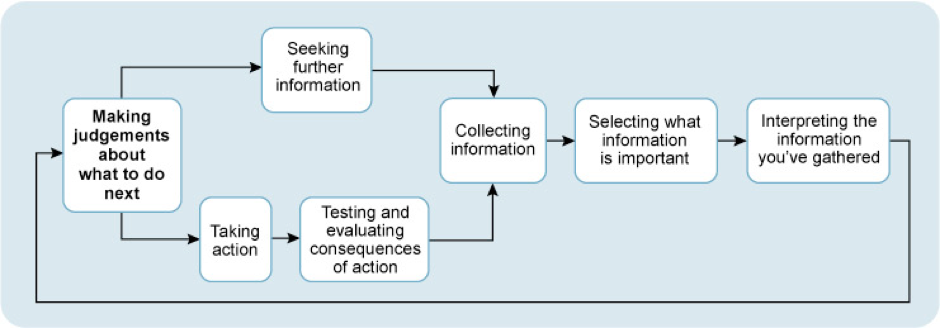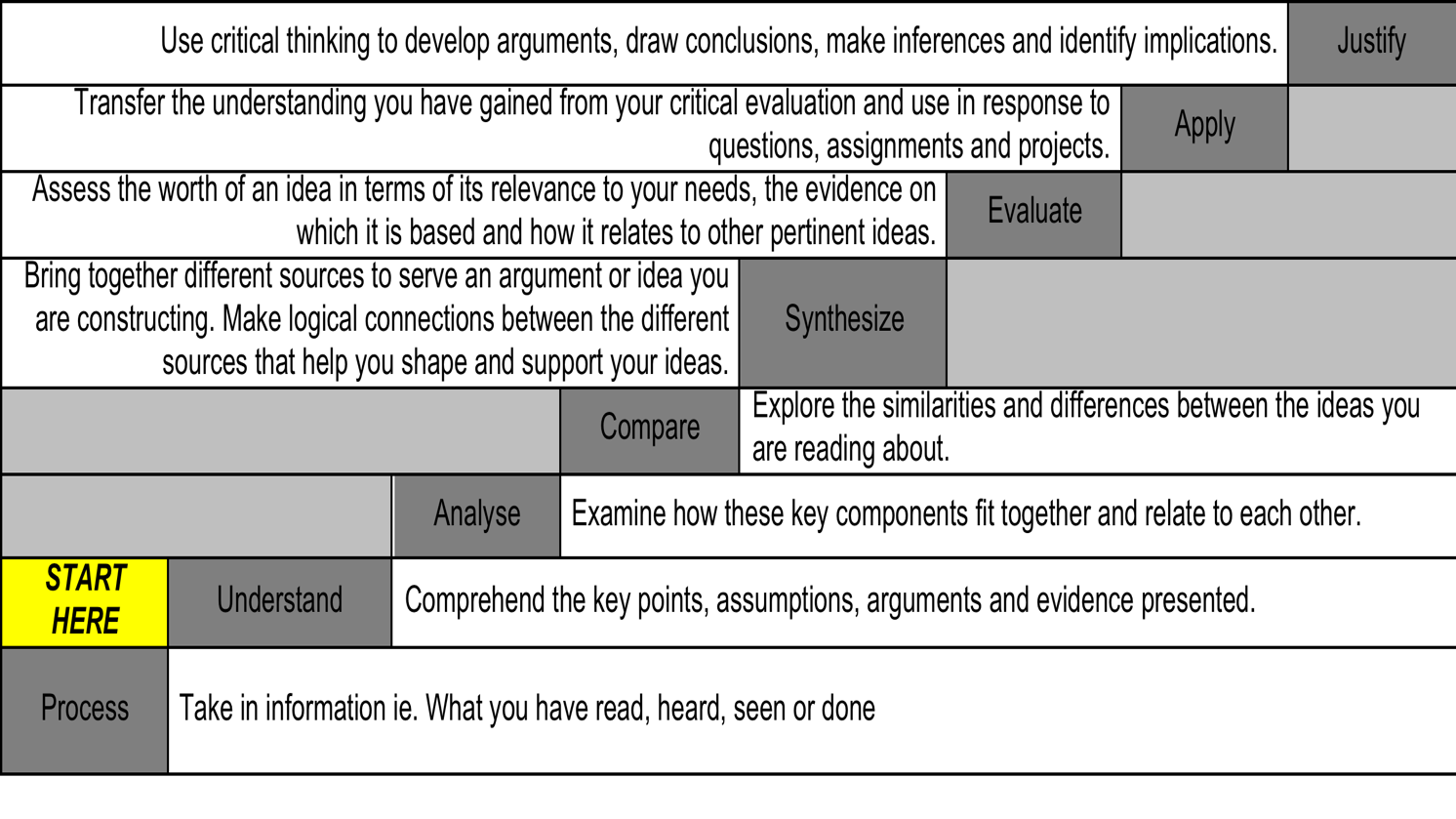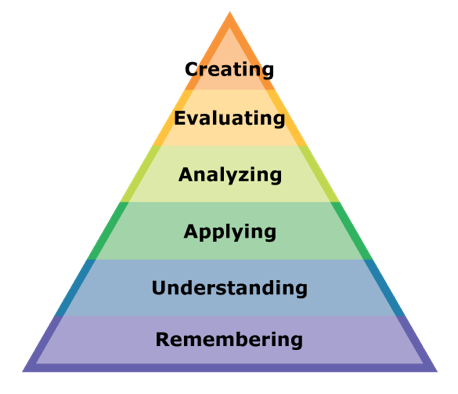I recently came across a Chinese proverb:
“when the wind begins to blow, some people build walls, others build windmills:
Reflecting on this I thought how apt it is for today’s business environment with the enforced changes Covid19 has brought to bear. Businesses have had to change their business models to survive e.g. pubs having takeaway menus etc. Those that have not are closing or reducing in their size of operation.
We are being told that the new “normal” will be different to the old “normal”, so change is an imperative. What we are seeing is bigger companies finding it difficult to adapt whereas many smaller (SMEs) companies are finding relatively easier. Is this because they, like dinosaurs, find it harder to change direction, a bit like the Titanic and the iceberg? Or is it because they are resorting to their normal response to a downturn, downsizing? That is they are building walls.
This is something that has always amazed me. Large companies have a strategy for growth and when the sun shines they grow, organically or through mergers or acquisitions. Then when the wind blows the reverse the strategy and go smaller again. What happened to creative marketing.
When the revenues for existing markets reduce, the tendency is to stop making or selling the products/services most affected. Why? Skills and competences are hard and costly to develop so why dispose of them. Create new markets or new products – forecast the direction of the wind and build your windmill in the direction the wind will blow most of all.
I tutored on a Strategy residential school at the end of last year during which students developed scenarios to enable them to assess if the strategies of a case study were robust enough to withstand events that, although unlikely, would have a major impact on the business. One group came up with two scenarios, cyber attack from China, and a deadly pandemic emanating from the East. I have often wondered since if those students took that back to their own companies and acted on it. I have also wondered if these two scenarios have appeared in any scenario planning real organisations may have conducted.
The irony is that big
companies have the in-house knowledge and resources to be able to understand
and use business models and scenario planning effectively. Conversely you may expect these are not
available in SMEs, but would these be a wise investment in the light of current events?
Let me direct you to a book by Osterwalder et al (2010). Read it. Think differently. Make your business model dynamic. Let us use what you learn to answer Boris Jonson’s call to rebuild our economy.
My wife regularly monitors the weather forecast so she knows when to do her washing. Surely it is not beyond the ability of businesses to monitor the wind to see where to build their windmills.
Reference
Osterwalder, A., Pigneur, Y. and Clark, T. (2010). Business Model Generation: A Handbook For Visionaries, Game Changers, and Challengers. Strategyzer series. Hoboken, NJ: John Wiley & Sons.
I would welcome your comments when you have read this piece.





